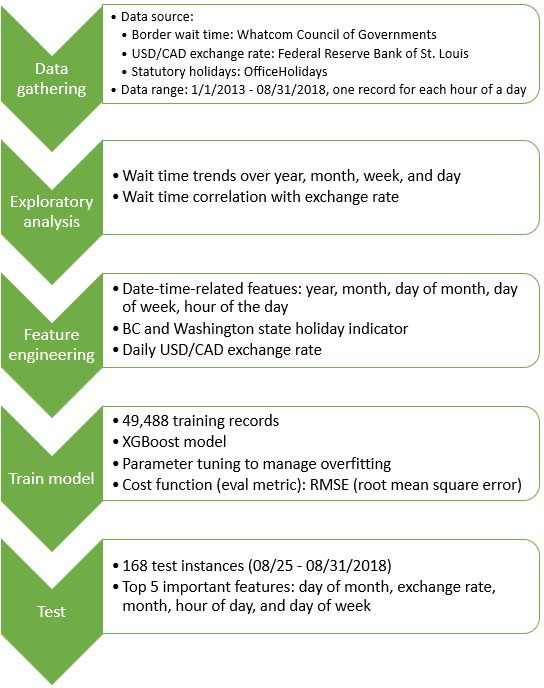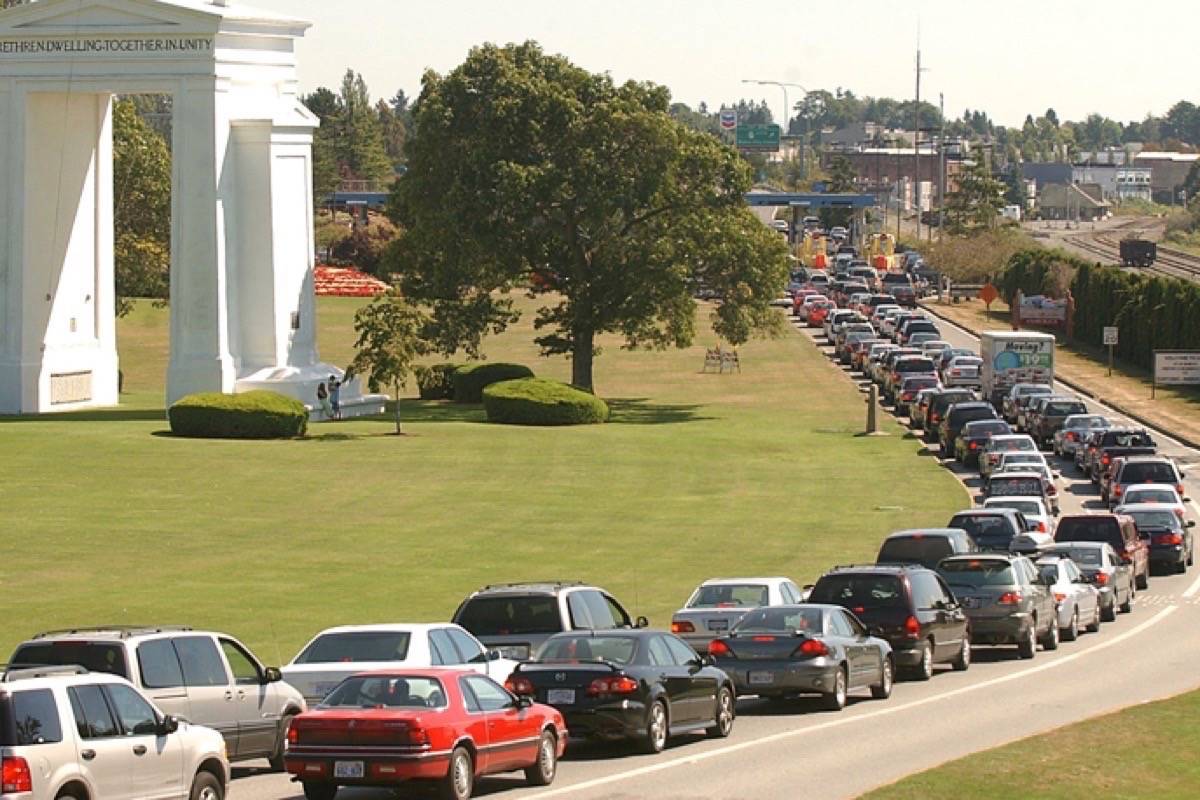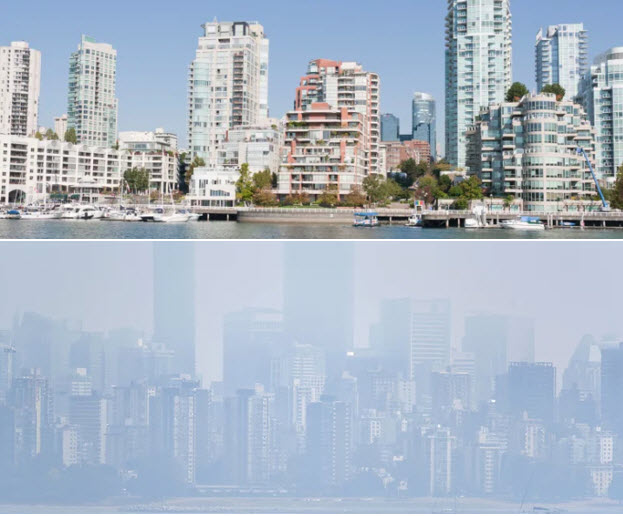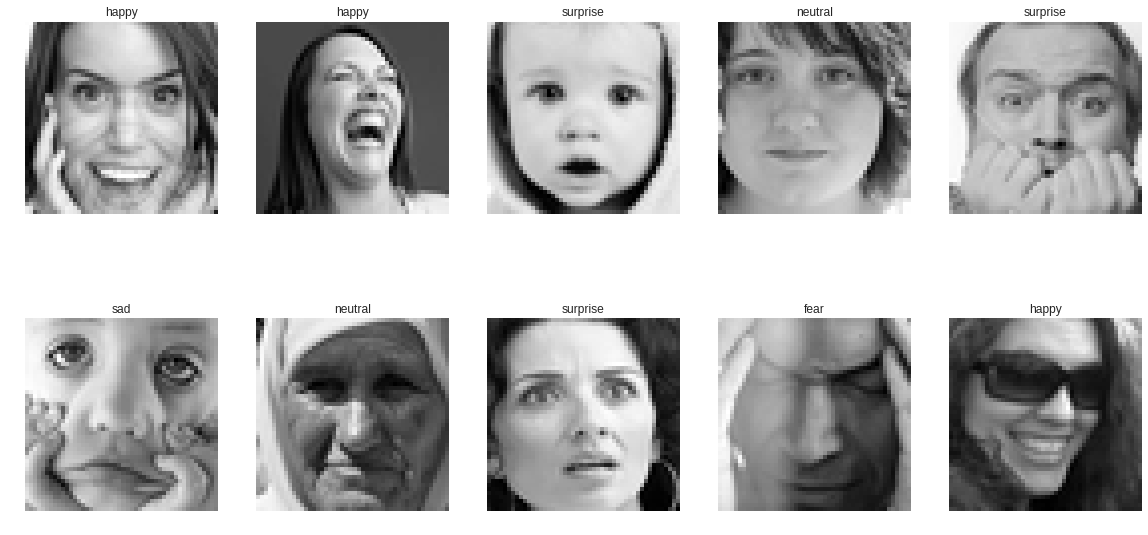 Project workflow[/caption]
Project workflow[/caption]
How much time will it take to cross the border at Peace Arch?
Living in Vancouver, it is so convenient driving cross the border and have some fun on the other side. However, if you have headache of waiting in the long border-crossing lines and getting stuck for almost an hour, you are not alone. We all know the basic strategies on best/worst days/hours to cross, for example, avoid long weekend or Christmas week, arriving the border early, etc. A crystal ball that can tell us ahead of time on our wait time at the border crossing will be just fantastic! Well, I decided to give it a swing and make a crystal ball - to build a machine learning model.
Below is a quick summary of the workflow on this mini project.
[caption id="attachment_512" align="alignnone" width="544"] Project workflow[/caption]
Project workflow[/caption]
 Project workflow[/caption]
Project workflow[/caption]


 Downtown Vancouver before and after hazy smokes caused by massive wildfires[/caption]
British Columbia wildfires are burning out of control! There were a number of air quality warnings issued cross BC in summer 2018. Smoky air flew all the way to Alberta and even cross the border to US. It made me curious what's going on with BC wildfires and what the situation was used to be.
Wildwire datasets for previous years and current year (updated in May 2018) were gathered from
Downtown Vancouver before and after hazy smokes caused by massive wildfires[/caption]
British Columbia wildfires are burning out of control! There were a number of air quality warnings issued cross BC in summer 2018. Smoky air flew all the way to Alberta and even cross the border to US. It made me curious what's going on with BC wildfires and what the situation was used to be.
Wildwire datasets for previous years and current year (updated in May 2018) were gathered from 